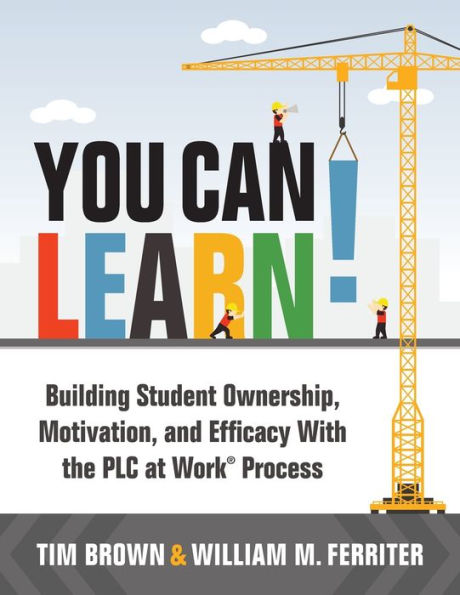Table of Contents
About the Authors ix
Introduction 1
About This Book 2
Chapter 1 Building a Commitment to Learning in Students 2
Chapter 2 Helping Students Understand the Expectations for a Unit of Study 2
Chapter 3 Helping Students Assess Their Progress Toward Mastery 3
Chapter 4 Helping Students Take Action 3
Concluding Thoughts 5
Chapter 1 Building a Commitment to Learning in Students 7
Why Is This Important to Learners? 8
What Can This Look Like in Your Classroom? 10
Create a Chant, Motto, or Slogan 10
Develop Classroom Commitments or Norms With Students 13
Generate Student Promise Statements 15
Fill Classroom Walls With Evidence of Learning 16
Recommendations for Getting Started 18
Start From Day One 18
Start From Grade One 18
Make It Universal 19
Take It Slow 19
Concluding Thoughts 20
Looking Closely at What Our School's Chant, Motto, or Slogan Means 21
Earning a Brick to Add to Our School's Foundation 23
Developing Classroom Norms 24
Self-Reflecting on Our Classroom Norms 26
Developing Student Promise Statements 27
Self-Reflecting on My Promise Statement 28
Chapter 2 Helping Students Understand the Expectations for a Unit of Study 29
Why Is This Important to Learners? 30
What Can This Look Like in Your Classroom? 32
Develop Relevance Statements for Each Unit of Study 32
Use Success Checklists to Guide Student Learning and Reflection 35
Create Exemplars to Make Learning Intentions Explicit for Students 38
Recommendations for Getting Started 41
Ask Students for Feedback 41
Be Patient With Students 41
Encourage Teams to Develop Their Own Best Practices 42
Concluding Thoughts 42
Developing Relevance Statements for a Unit of Study 44
Relevance Statement for a Unit of Study 45
Developing a Success Checklist for an Assignment 46
Success Checklist for a Secondary Assignment 47
Success Checklist for a Primary Assignment 48
Developing Exemplars to Make Learning intentions Explicit 49
Developing a Set of Exemplars to Make Learning Intentions Explicit 50
Developing a Single-Point Rubric With Your Students 51
Chapter 3 Helping Students Assess Their Progress Toward Mastery 53
Why Is This Important to Learners? 54
What Can This Look Like in Your Classroom? 56
Have Students Reflect on and Rework Their Mistakes 57
Provide Regular Opportunities for Short-Term Goal Setting 58
Have Students Keep a Record of Their Progress 62
Recommendations for Getting Started 67
Avoid Giving Grades for as Long as Possible 67
Don't Be Surprised When Students Are Not Truthful 68
Trust Yourself 68
Concluding Thoughts 69
Student Rework Plan 71
WOW Goals 72
Rating and Ranking Student SMART Goals 73
Developing a Student SMART Goal 75
Unit Overview Sheet 77
Primary Progress Tracking Card 79
Chapter 4 Helping Students Take Action 81
Why Is This Important to Learners? 82
What Can This Look Like in Your Classroom? 84
Have Students Reflect on Practice Attempts Before Final Demonstrations of Mastery 84
Introduce Students to Logical Next Steps to Move Learning Forward 90
Develop Extension Menus for Each Unit of Study 91
Help Older Students Put Grades in Context 94
Recommendations for Getting Started 98
Limit Your Corrective Feedback to Students 98
Ask Students to Describe Changes Without Requiring That They Make the Changes 98
Allow Frequent Technology Use 99
Concluding Thoughts 99
Practice Test Tracking Template 101
Assessment Wrapper-Second-Grade Measurement 104
Using Next-Step Checklists to Help Students Take Next Steps 105
Creating Efficacy Sentence Starters for Primary Students 106
Developing an Extension Menu for a Unit of Study 107
Extension Menu for Upcoming Unit of Study 108
Student Self-Reporting Six-Week Grade Check-In 109
Epilogue 111
Tips for Getting Started 112
Start Small 112
Work Fast and Finish 112
Use the Reproducibles in This Book 113
Do This Work With Your Collaborative Team 113
Create Capable and Competent Learners 113
References and Resources 115
Index 121



